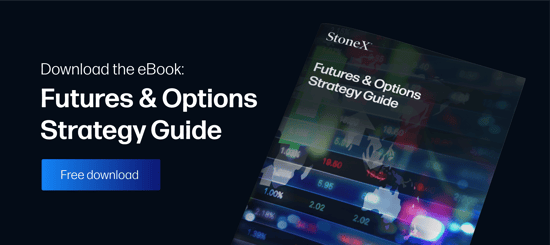The other school of thought is that instead of picking a point to pick where to liquidate a trade, the trader adjusts his stop loss to reduce his risk then to lock in profit as the trade moves in his favor. This allows the trader to continue to profit if it keeps moving in his favor.
Which of these should you use? Realize that exiting a trade is often the most difficult decision to make when trading. If you pick a profit target and exit when the market gets to it you forego additional profit if the market keeps moving in your favor. If you choose to trail your stop loss and not use profit targets you will always end up giving back some profit as the market retraces to your stop loss. Realize there’s no one right answer to this question. Make sure you are consistent and conscientious in your approach, and keep records of your trades. Over time you’ll figure out which approach works best for you, or maybe you will end up using different approaches in different situations
The information contained here includes information from sources believed to be reliable and accurate, but no guarantee is made as to accuracy, nor do they purport to be complete. Opinions are subject to change without notice. Past performance is not necessarily indicative of future performance. The risk of loss in trading futures contracts or commodity options can be substantial, and therefore investors should understand the risks involved in taking leveraged positions and must assume responsibility for the risks associated with such investments and for their results.



